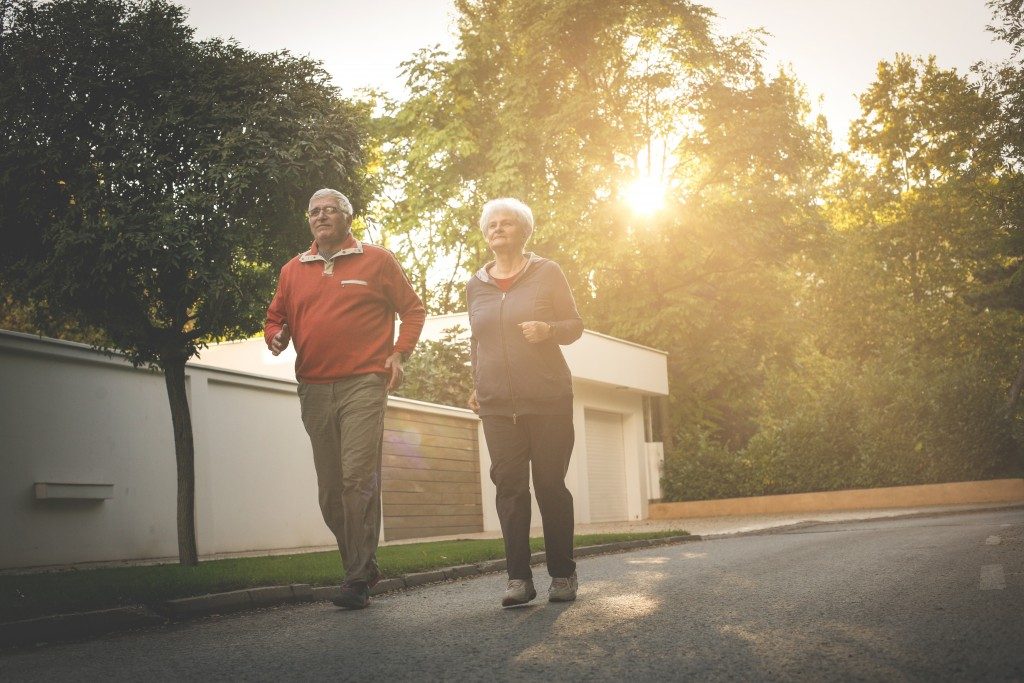Falls are the leading cause of accidental death among seniors in Orange County, Florida — surpassing vehicle accidents. Seniors living on their own are particularly vulnerable, and the consequences of falling get direr the further you are in life.
Worsening Odds
Thirty-five percent of all seniors will suffer a fall each year. For seniors over the age of 80, the odds go up to 50 percent. Once you get injured from a fall, you have a 66 percent chance of falling another time within the next six months. Falls can be extremely dangerous to seniors, particularly the ones (1-in-10 falls) leading to broken bones or head injuries. More than a third of all traumatic brain injuries and 87 percent of fractures in seniors are the result of falling.
Hip fractures can be life-changing as only 25 percent will make a full recovery. Forty percent will require nursing home care, and 20 percent will die within a year from complications brought about by the fall. Even minor falls pose a problem for seniors. Even without an injury, 50 percent of seniors have difficulty getting up or calling for help once they’ve fallen to the ground.
Balance and Mobility
Getting old leads to specific changes on the body — two of which are the impairment of balance and mobility. Whether it’s due to an inner ear problem or a sudden migraine, loss of balance can be dangerous, especially since seniors have weaker musculature and lower bone density. Regular exercise can somewhat delay — or even reverse — physical decline associated with aging. Medication for vertigo and migraine are readily available, but finding out and treating the underlying cause can also be important.
Home Adjustments

Small changes inside one’s home can make it safer, reducing your chances of suffering a fall. Proper lighting is essential, especially during the night. Darkness prevents you from avoiding obstacles, increasing your chances of tripping. Scheduled lighting options or motion-detecting lights can make your nightly trips around the house safer. Try to keep everything on the first floor. Stairs can be problematic, and climbing or descending one puts a lot of stress on the knees. Pay close attention to the bathroom.
Eighty percent of falls suffered inside a house occurs in the bathroom, and its hard surfaces aren’t particularly forgiving. Switch to non-slip bathroom flooring and get rid of rugs and carpets that can slip from under you or get entangled with your cane. Place handholds inside the bathroom, especially near the toilet. Sitting down and getting up puts a lot of stress on the knees, and a loss of balance often accompanies the change in position. Showers and baths can be problematic, as even non-slip surfaces get slippery with a bit of soap and water. Walk-in bathtubs eliminate the chances of slipping and falling while taking a bath as you remain seated, and your feet remain planted to the ground.
Falls can be prevented. A little bit of exercise can boost your physical strength and mobility, and medication can take care of your vertigo. A few changes around the house can also make it more senior-friendly, reducing, if not eliminating, your chances of falling.

